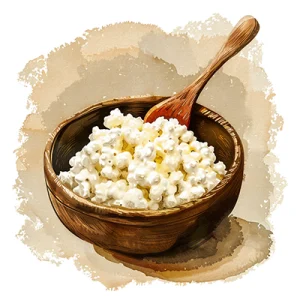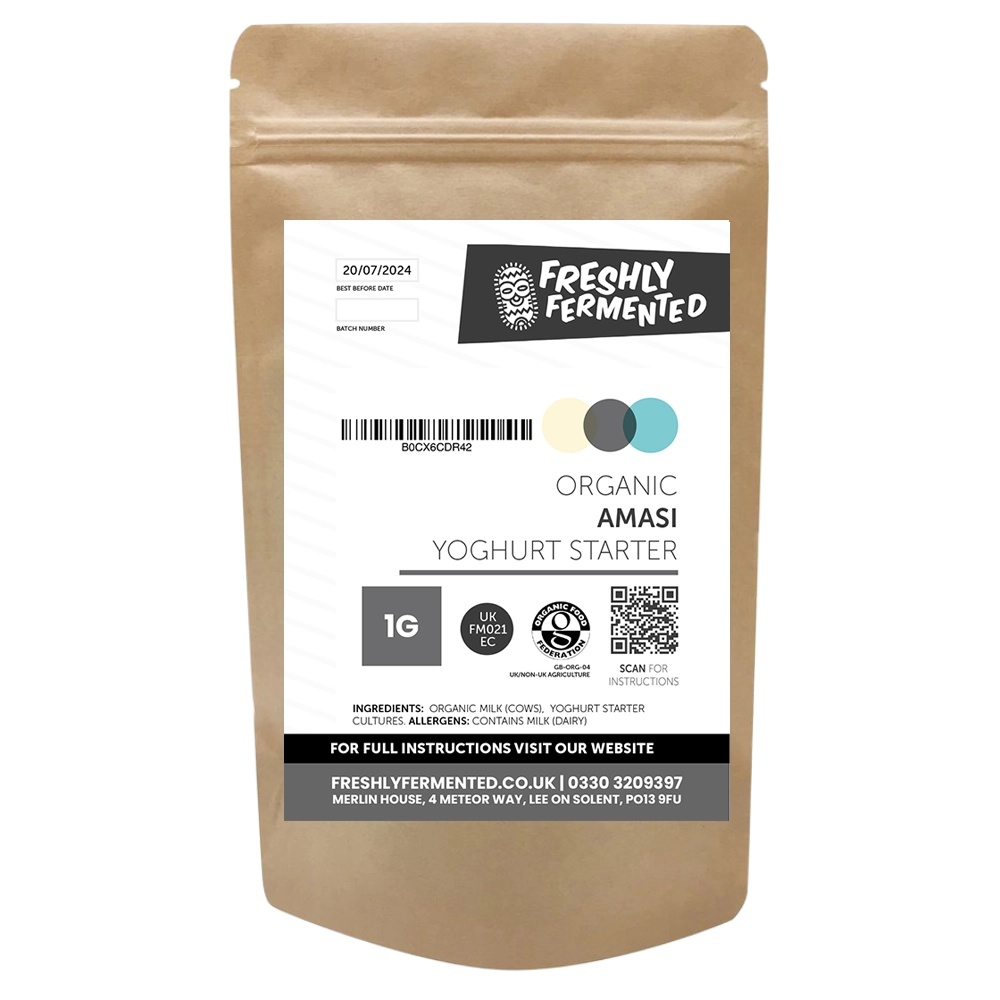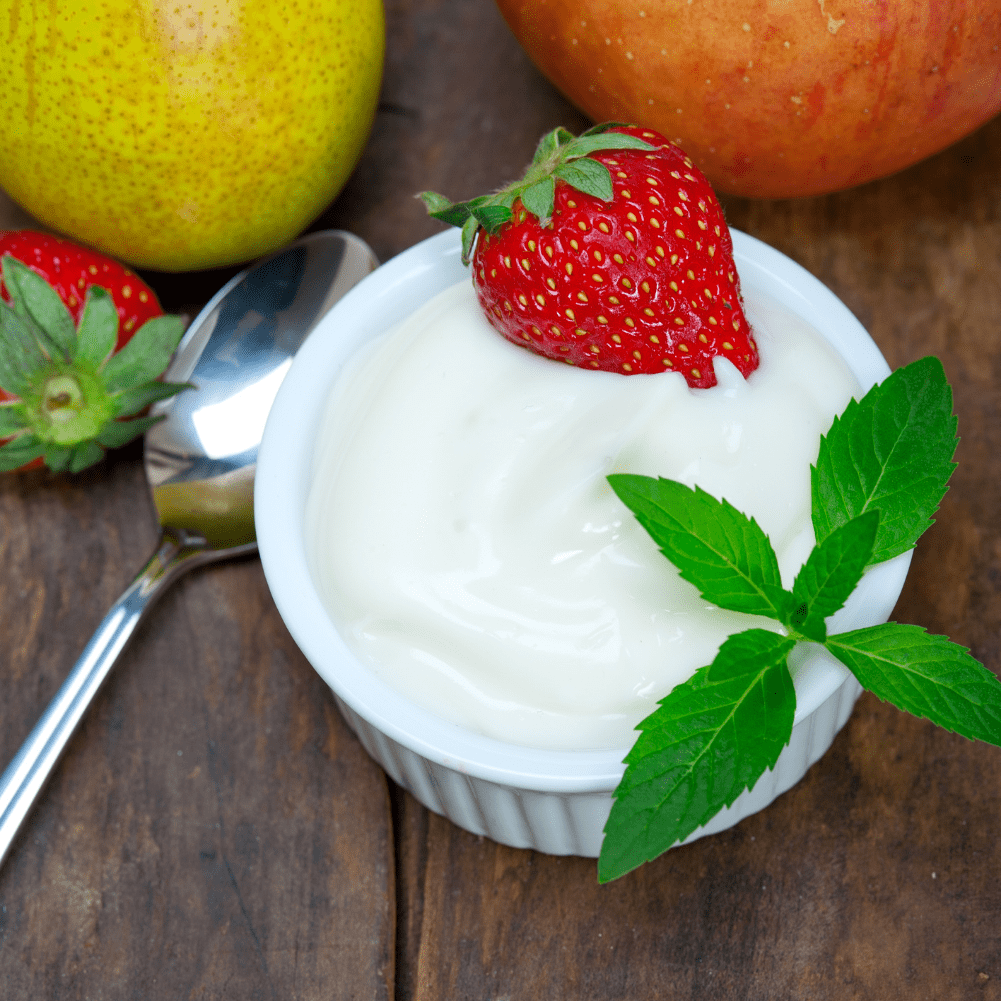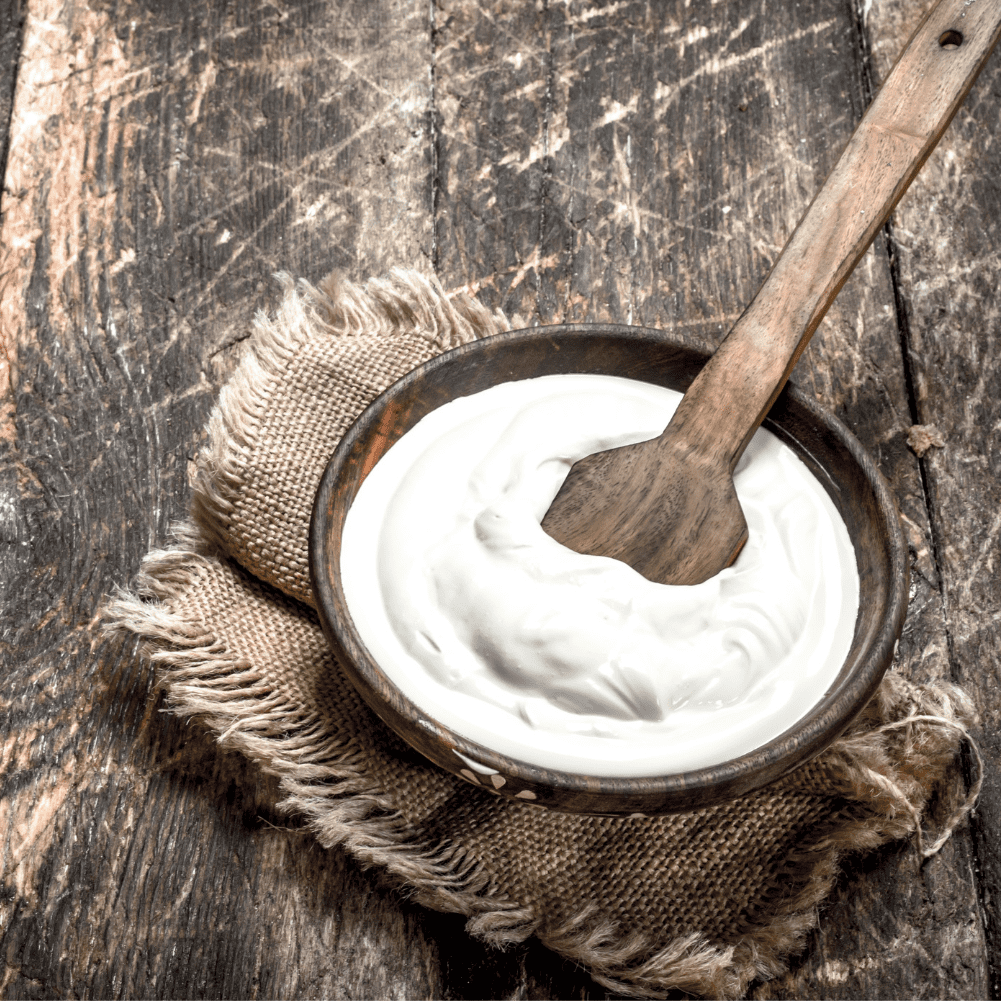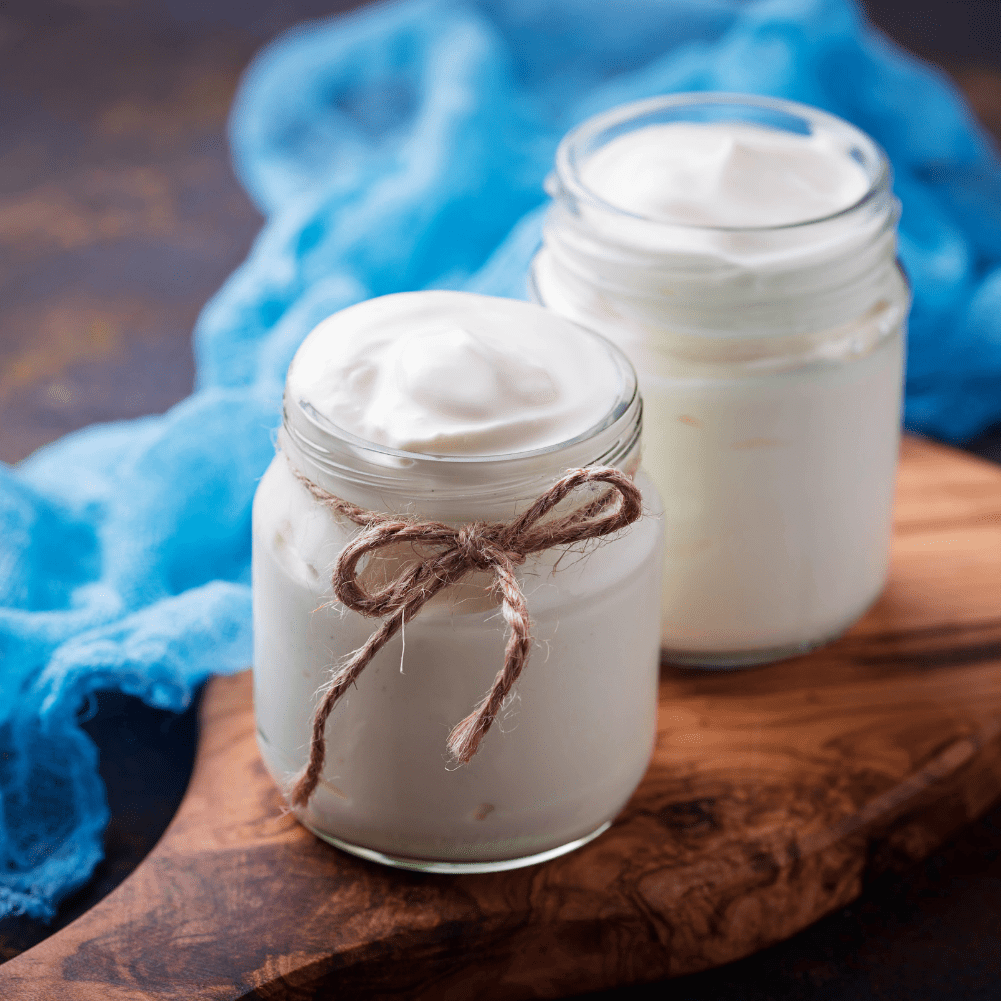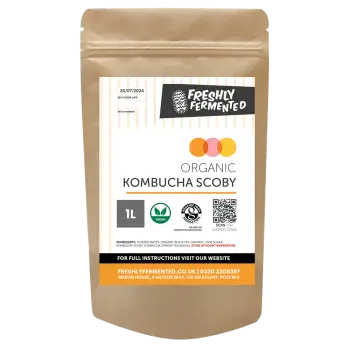- 🌿 ORGANIC CERTIFIED PRODUCTS
- 🔬 UKAS LAB TESTED CULTURES
- ⭐ 5 STAR HYGIENE RATED FOOD PREMISE
- ✅ LIFETIME CUSTOMER SUPPORT
- 🏷️ LOYALTY DISCOUNTS
- 🆓 FREE UK SHIPPING OVER £50
- 🚚 TRACKED UK SHIPPING FROM JUST £3
- 🌎 WORLDWIDE SHIPPING
- 📦 SUSTAINABLE ETHICAL PACKAGING
Organic Amasi Yoghurt Starter
£10.00 Original price was: £10.00.£4.99Current price is: £4.99.
Discover the Delight of Organic Amasi Yoghurt Starter
Amasi yoghurt, often referred to simply as amasi, is a traditional fermented milk beverage cherished by South Africans for centuries. With a consistency akin to liquid yoghurt and a mild, slightly tart flavor, amasi is a nutritional staple that has recently gained international recognition alongside the rise of fermented foods.
The Heritage and Health Benefits of Amasi Yoghurt
Amasi has been a dietary cornerstone in South Africa, where fermentation has historically been used to preserve food naturally without the need for modern refrigeration. This ancient practice not only extends the shelf life of milk but also enhances its nutritional value. Amasi’s unique flavor, described as a cross between yoghurt and vinegar, is an acquired taste that many find deliciously addictive.
Why Choose Organic Amasi Yoghurt Starter?
- Certified Organic: Our starter cultures are certified organic, ensuring that you are getting a product free from harmful chemicals and GMOs.
- Nutrient-Rich: Fermented foods like amasi are known for their probiotic content, which supports gut health and boosts the immune system. Studies have shown that probiotics can improve digestive health and enhance immune function .
- Easy to Use: As a mesophilic yoghurt, amasi ferments at room temperature, making it incredibly easy to prepare. No special equipment is needed—just mix milk with our freeze-dried organic amasi starter culture and let nature do its work.
The Science Behind Fermentation
Fermentation is a natural process that transforms milk into a probiotic-rich food. This process not only preserves the milk but also enhances its nutritional profile. Research indicates that fermented dairy products like amasi can improve lactose digestion and reduce symptoms of lactose intolerance . Additionally, the live cultures found in fermented foods can contribute to a balanced gut microbiota, which is crucial for overall health.
How to Make Your Own Amasi Yoghurt
Making amasi yoghurt at home is simple and rewarding:
- Combine: Mix milk with our freeze-dried organic amasi starter culture.
- Ferment: Allow the mixture to sit at room temperature for 24-48 hours.
- Enjoy: Once the fermentation process is complete, your homemade amasi yoghurt is ready to be enjoyed!
Experience the Benefits of Organic Amasi Yoghurt Starter
Incorporating organic amasi yoghurt into your diet is a delightful way to enjoy the health benefits of fermented foods. Whether you are new to amasi or a longtime fan, our organic starter culture makes it easy to create this nutritious and delicious yoghurt at home. Embrace the tradition and health benefits of amasi yoghurt today!
References:
- Hill, C., Guarner, F., Reid, G., et al. (2014). “Expert consensus document. The International Scientific Association for Probiotics and Prebiotics consensus statement on the scope and appropriate use of the term probiotic.” Nature Reviews Gastroenterology & Hepatology, 11(8), 506-514. DOI: 10.1038/nrgastro.2014.66.
- Ritchie, M. L., & Romanuk, T. N. (2012). “A meta-analysis of probiotic efficacy for gastrointestinal diseases.” PLOS ONE, 7(4), e34938. DOI: 10.1371/journal.pone.0034938.
- de Vrese, M., & Marteau, P. R. (2007). “Probiotics and prebiotics: effects on diarrhea.” The Journal of Nutrition, 137(3), 803S-811S. DOI: 10.1093/jn/137.3.803S.
| Weight | 2 g |
|---|---|
| Ingredients | Organic Amasi Yoghurt Starter Culture – 1g freeze dried sachet. |
| Shelf Life | 1 year. |
| Storage | Keep at room temperature. |
| Allergens | Contains milk (from cows). |
Related products
UNLOCK YOUR 10% DISCOUNT
Join our fermentation community! Subscribe for expert tips, recipes, exclusive offers, and a 10% discount on your first purchase. Start your journey today!
